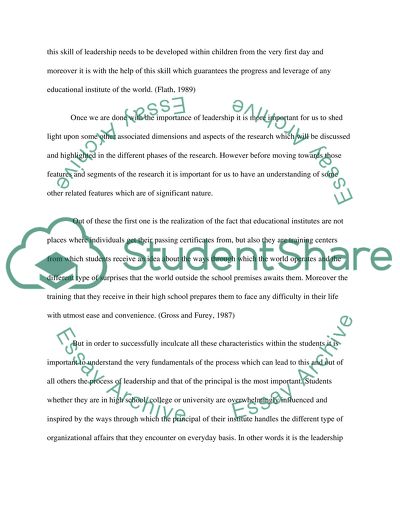Cite this document
(“The Effects of the Leadership Style of the Principal on School Climate Dissertation”, n.d.)
Retrieved de https://studentshare.org/education/1392110-the-effects-of-the-leadership-style-of-the-high
Retrieved de https://studentshare.org/education/1392110-the-effects-of-the-leadership-style-of-the-high
(The Effects of the Leadership Style of the Principal on School Climate Dissertation)
https://studentshare.org/education/1392110-the-effects-of-the-leadership-style-of-the-high.
https://studentshare.org/education/1392110-the-effects-of-the-leadership-style-of-the-high.
“The Effects of the Leadership Style of the Principal on School Climate Dissertation”, n.d. https://studentshare.org/education/1392110-the-effects-of-the-leadership-style-of-the-high.


